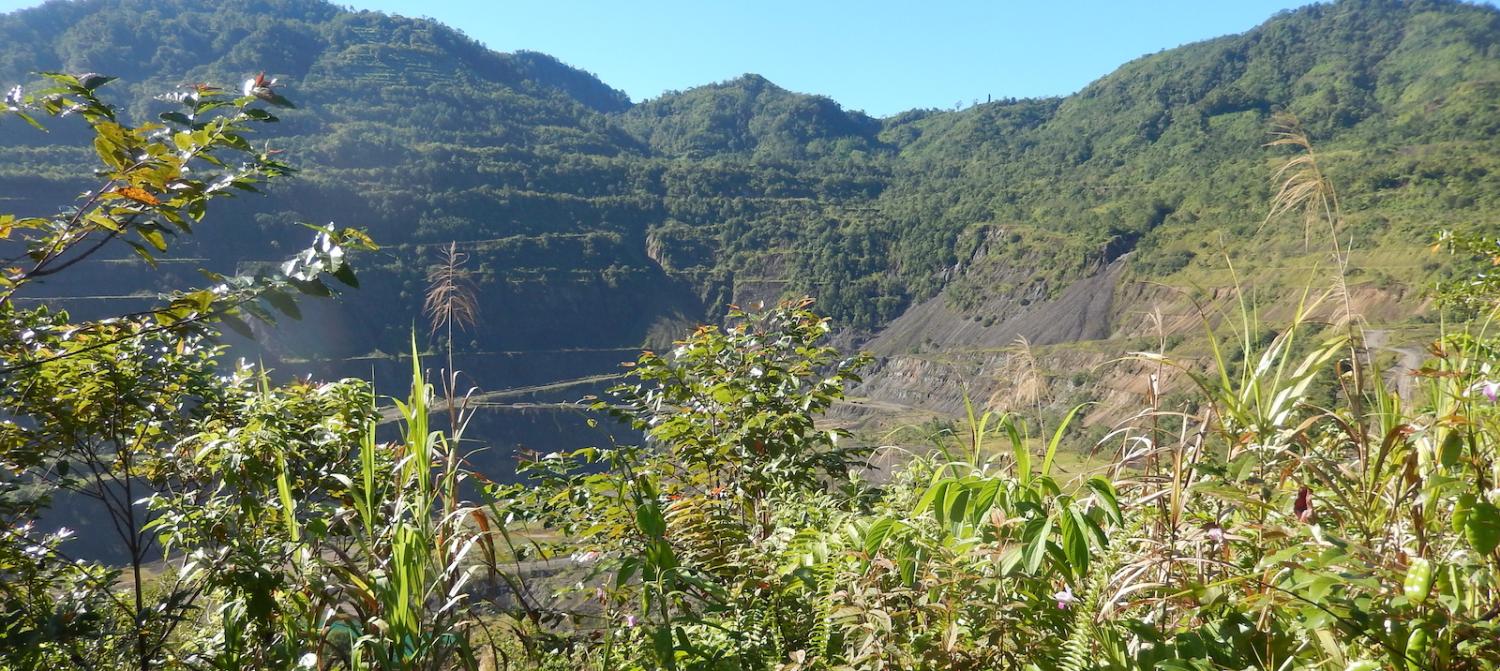With just under six months before Bougainvilleans go to the polls to decide if they want independence from Papua New Guinea, last month’s APEC leaders’ meeting in Port Moresby gave fresh impetus to assertions that Bougainville is yet another fly caught in the web of influence and counter-influence being played out by China, Australia, the US, New Zealand, and any other major economy with an interest in Southwest Pacific.
And fuelling this tug of war is the always simmering but sometimes boiling interest in accessing Bougainville’s notoriously fabulous mineral wealth. Nevermind that the same wealth was a catalyst for the tragic and bloody conflict with the PNG government, which blighted Bougainville for more than a decade from 1988 to 1998.

It was a time of great suffering for Bougainvilleans who were subjected to horrendous violence including torture, rape, summary execution, and deprivation. Estimates of those killed in the conflict are between 10,000 and 15,000, or around 5% of the population. Achieving peace was a difficult process that only got real traction in 1997 leading to the ceasefire in 1998 and the eventual signing of the Bougainville Peace Agreement in 2001.
The hallmark of this agreement lies within its three pillars: the formation of the Autonomous Bougainville Government (ABG), which occurred in 2005; weapons disposal; and the referendum, which is due to be held next June.
The societal divisions and deeply held resentment flowing out of that conflict are still felt across this archipelago and were largely the reasons why the ABG decided in January this year to impose a moratorium on mining at Panguna – the site of the massive Rio Tinto/Bougainville Copper Ltd mine which was in large part at the centre of the conflict. The mine has been closed since 1989 but the landowner and environmental grievances that inflamed the hostilities linger.
The moratorium decision was in response to an application for exploration by BCL. As observed by Catherine Wilson earlier this year, (The new battle for Bougainville’s Panguna mine), the ABG’s decision reflects the reality that the mine is still a contested site and that a new battle for its riches is deepening divisions among traditional landowning groups.
But the reality for Bougainville – if it gains independence from PNG – is how to sustain itself financially without the Pandoran wealth of Panguna. A report written by Satish Chand for PNG’s National Research Institute suggests that an independent Bougainville nation would need two to three times the annual income it currently receives, much of which is now provided by the PNG government. With a total budget of 286 million Kina in 2016 (the most recent data available for the report):
Revenues from company taxes, customs duties and 70% of value added taxes collected in Bougainville in 2016 amounted to K2.4m which was equal to 6% of the K42m provided by the National Government to the ABG in the form of recurrent grants. Revenues from all sources within Bougainville amounted to 56% of the recurrent grant provided by the National Government in 2016.
Chand’s conclusions present a stark reality check for the ABG as there is now insufficient time to reach fiscal self-reliance by the time of the referendum. He notes that fishing licence revenue could fund half of the recurrent budgets but “securing these revenues requires agreement with and cooperation from the national government”. As for income from mining, he sees this as fraught with risks, some of which have subsequently been recognised by the ABG in its moratorium decision.
However, aside from the potential anti-mining response from elements of the Bougainvillean community itself, Chand observes that pre-referendum pressures put the ABG in a weak bargaining position should it decide to pursue negotiations with potential international mining investors or countries.
It is also important to remember that there is a lingering question about whether the PNG government will agree to independence – even if the majority of Bougainvilleans vote for it.
It is also important to remember that there is a lingering question about whether the PNG government will agree to independence – even if the majority of Bougainvilleans vote for it – if there is a chance that the revenue from future mining would be lost forever to the national treasury. One of the conditions embedded in the Bougainville Peace Agreement detailing the circumstances for the referendum was that the outcome would be subject to “the final decision-making authority of [PNG’s] national parliament” although it also stipulates that the national government and ABG will “consult over the results of the referendum”.
So a dilemma awaits Bougainville and by association, the countries engaged in the supposed power-game tussle. On one hand, potential income from its mineral resources presumably would go a long way towards meeting the budgetary needs of a newly independent nation. However, opening up those resources would require negotiations with international parties who are likely to take advantage of Bougainville’s weak position. Furthermore, the domestic impact of such a move is likely to be strident, perhaps even violent, local opposition. And it sends a signal to the national government that there is real potential for renewed massive income from Bougainville. This could encourage Port Moresby’s opposition to independence.
The message for the international community is clear. The El Dorado opportunities in Bougainville won’t be easily or quickly realised, and certainly not without community support and agreement. And efforts to achieve that support will have to deal with the generations’ old societal fissures and grievances which run deep across Bougainville.
If there is any doubt about how hard that might be, take a look at what happened to Bougainville’s main airport on Buka this week. It’s been closed until further notice by the National Airports Corporation because, among other things, of an unwillingness by local landowners to allow the fencing of the airport perimeter to proceed.

